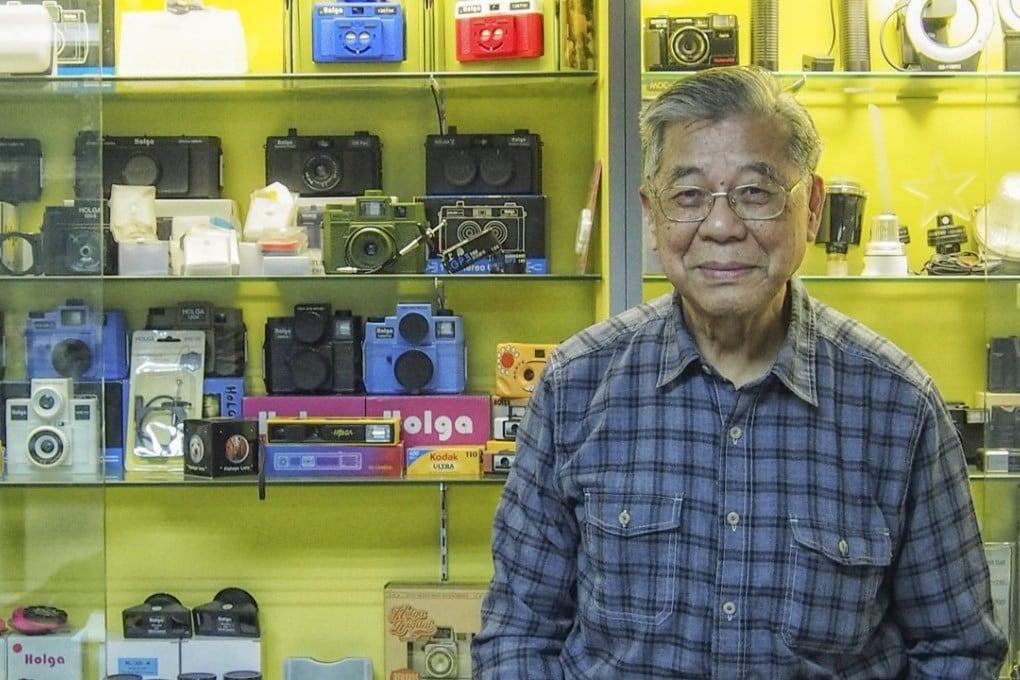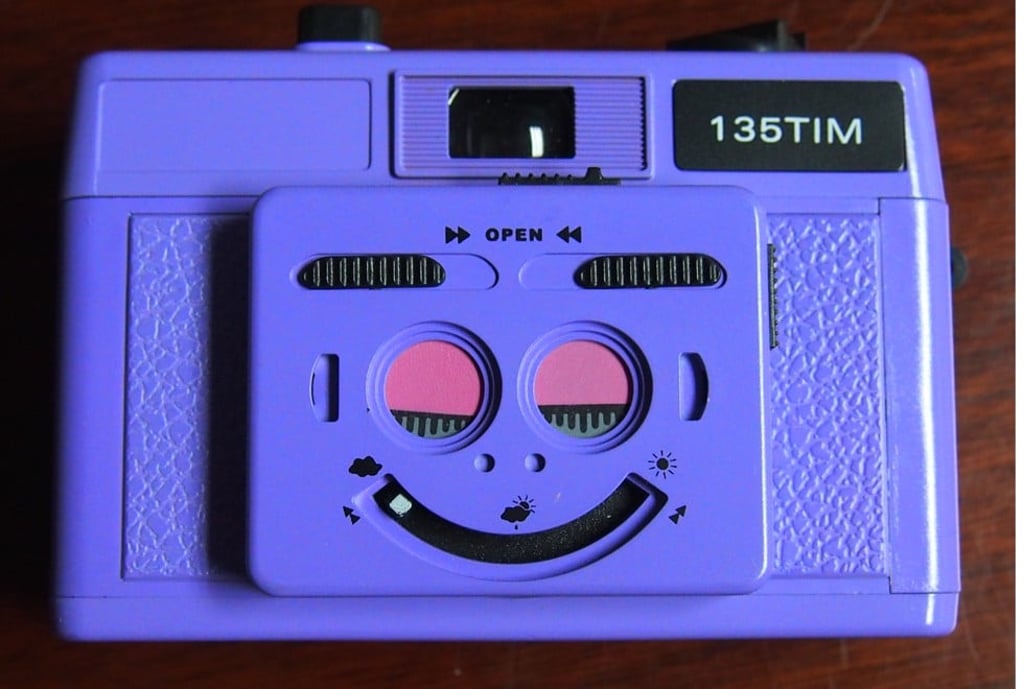The Holga story: a cheap plastic camera made in Hong Kong and how it became a cult classic
The 1980s plastic camera that takes far from perfect pictures soared in popularity in the 2000s – thanks to photojournalists such as David Burnett and Teru Kuwayama; now attempts are being made to resurrect it

Holga may not be a brand name as recognisable as Canon and Nikon, nor is it as highly regarded among perfectionists as German brand Leica, but it does have a global cult following and it has influenced the way people think about photography. And surprisingly, it is from Hong Kong.
Cheap, plastic, with barely any functions and weighing only 170 grams, the Holga (a phonetic play on the Cantonese word for “very bright”, which sounds like “holgon”) is so bare-bones, users often cocoon it in duct tape or wedge cardboard under the film spool to prevent what is known in photographic parlance as “light leaks”, the streaking of photographs.
Rather than showing crispness, edge-to-edge sharpness and perfect exposure, the pictures produced by the Holga are typified by distortion, lens flares and vignettes (dark gradations along the corners), and appear, by today’s standards, to be highly flawed.
And that’s just the way Holga users like it.
“It’s really hard to form an emotional connection with perfection. We tend to connect to flaws, reading them as personality,” says Katherine Oktober Matthews, a Netherlands-based photographer and chief editor of photography magazine GUP. “We value individuality, uniqueness. You bond with your camera. I come to learn that the camera with a light leak on the top left corner is mine.”
Hong Kong photographer Martin Cheung Chun-yeung, known for his experimental pinhole camera work, first came across the Holga in the 1990s, discovering with it a certain kind of “magic”.
